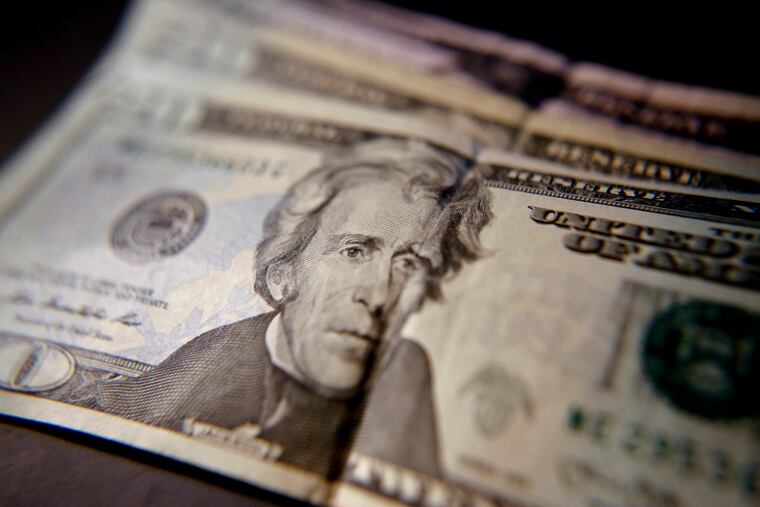First-in-a-decade rise in those without health insurance hits children the hardest
In 2018, 27.5 million American’s did not have health insurance. That’s up 900,000 people from previous year’s number.

The number of Americans without insurance increased last year for the first time since 2008, according to a report released Tuesday by the U.S. Census Bureau.
In 2018, 27.5 million Americans did not have health insurance. That’s up 1.9 million people from the previous year’s number, 25.6 million. The rate of Americans lacking coverage rose about 0.6 percent to 8.5 percent of the population.
“This is the first year-to-year increase in the percent of the uninsured since 2008-2009,” the report stated. In 2010, the Affordable Care Act expanded coverage to millions in the United States.
About 4.3 million children had no health insurance coverage, largely because of a decline in public coverage that included fewer kids getting their coverage through Medicaid and CHIP, according to the report.
The data “confirm our worst fears,” said Joan Alker, executive director of the Center for Children and Families at Georgetown University.
“This serious erosion of child health coverage is due in large part to the Trump Administration’s actions that have made health coverage harder to access and have deterred families from enrolling their eligible children in Medicaid and CHIP," Alker said in a statement. “The share of children in employer-sponsored insurance remained the same, indicating that the strong economy isn’t compensating for children losing Medicaid/CHIP coverage.”
Medicaid coverage among children dropped in Southern and Western states. Other regions did not see statistically significant changes. The biggest decline in coverage was in the West for children who are 6 years old or younger, according to Census Bureau demographers.
Alker said the children who have been hit the hardest include Latino children, non-Hispanic white children, and children under age 6.
“This is clear evidence that the administration’s rhetoric targeting immigrant families is harming children, but that’s not the only cause," Alker said. "More red tape, less outreach, and general neglect are contributing to this rise in uninsured children.”
Trump spent most of his first year in office unsuccessfully trying to get a Republican Congress to repeal the Affordable Care Act. He is now asking a federal appeals court to overturn it as unconstitutional. The president has slashed the program’s sign-up season ad budget and reduced funding to help people navigate the enrollment process. Trump also removed a subsidy for insurers, triggering a jump in premiums.
Yet ACA enrollment has held fairly steady, with about 20 million people covered by its mix of subsidized private plans and a Medicaid expansion for low-income individuals. The Census report found that Medicaid coverage declined by 0.7 percent from 2017.
The Trump administration has also rolled out some regulatory changes of its own intended to expand coverage. These include “association health plans” for small businesses, short-term plans for individuals, and new options for employers to help finance workers’ coverage. These changes are fairly recent, though, and it’s unclear what impact they might eventually have.
Both Medicaid and CHIP are meant for low-income children. Medicaid provides health coverage for Americans with incomes below a certain level. CHIP offers health insurance for children in families with income too high to qualify for Medicaid but who cannot afford private insurance.
In Pennsylvania, the total number of uninsured people was up 7,000, a slight increase to 699,000, according estimates provided by the Census Bureau’s American Community Survey (ACS). The rate remained consistent at about 5.5 percent.
In New Jersey, the total number of uninsured actually dropped by 33,000, according to the ACS with the rate falling from 7.7 percent to 7.4 percent. Both the Keystone State and the Garden State chose to expand Medicaid so more people could qualify.
The Associated Press contributed to this article.